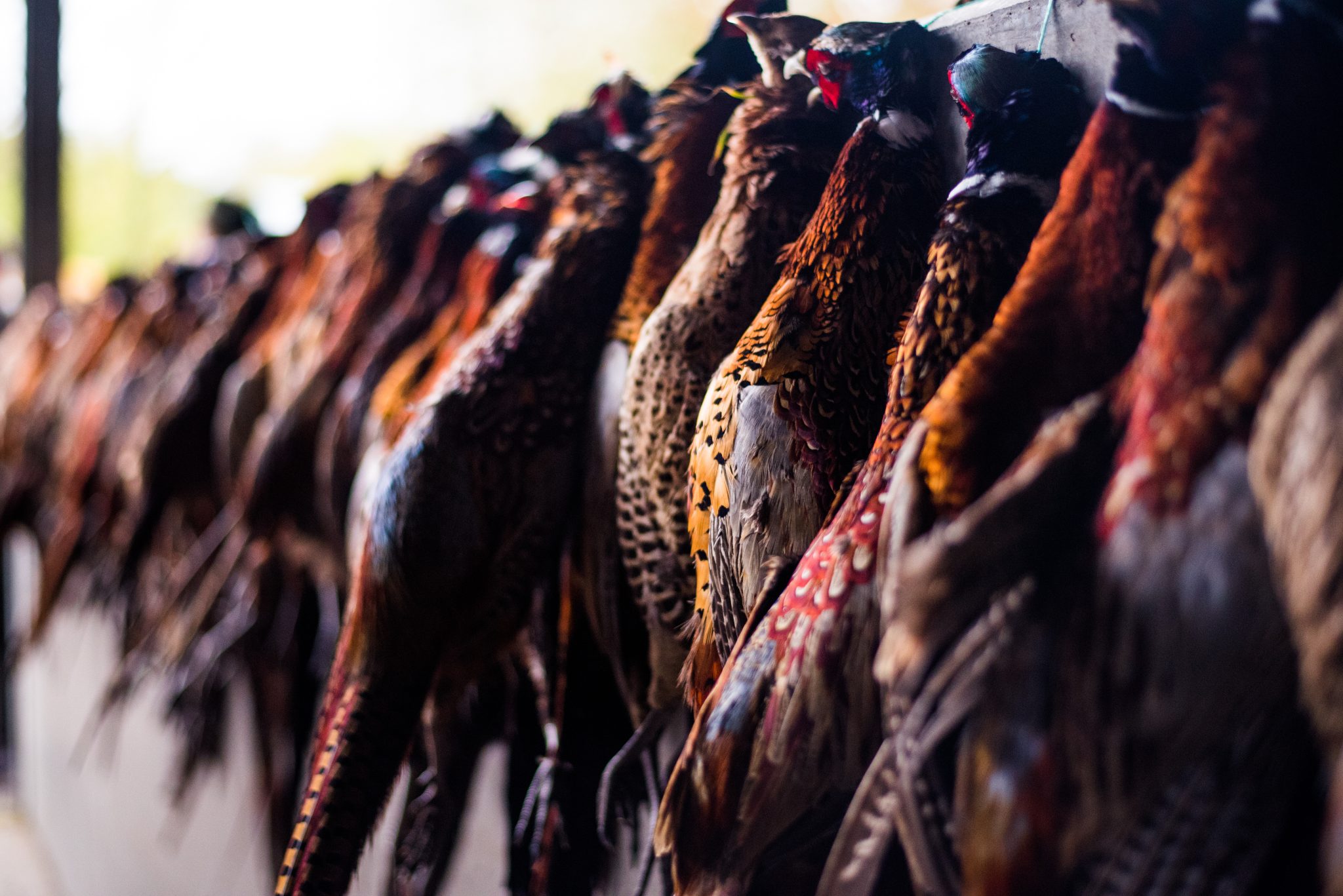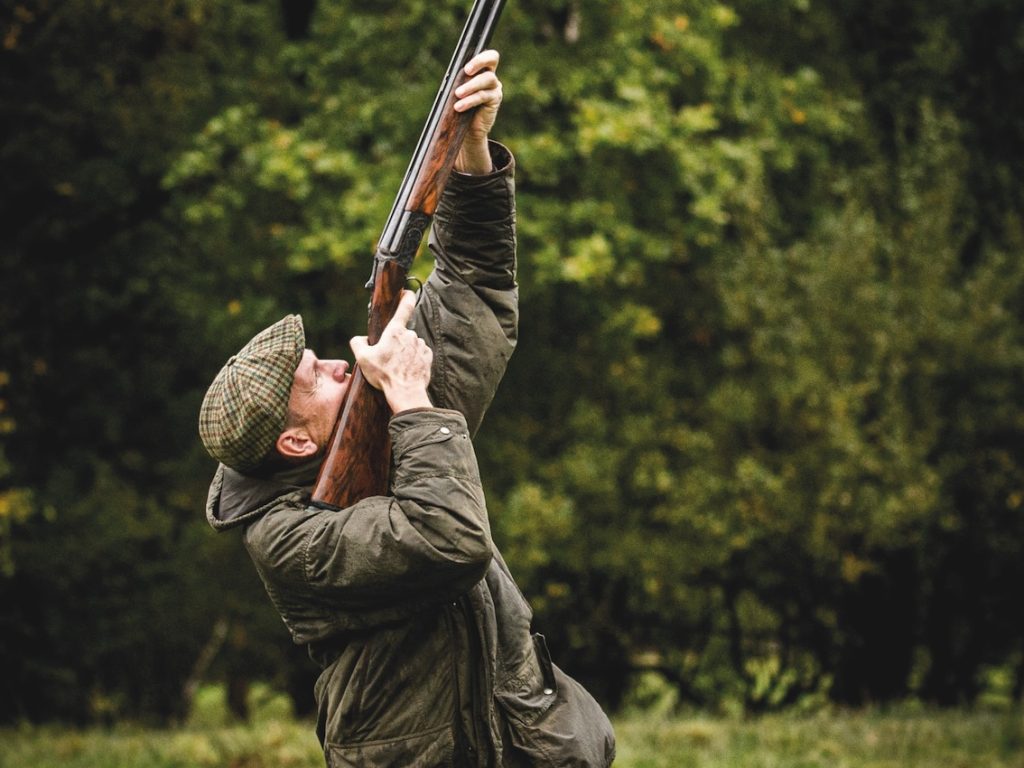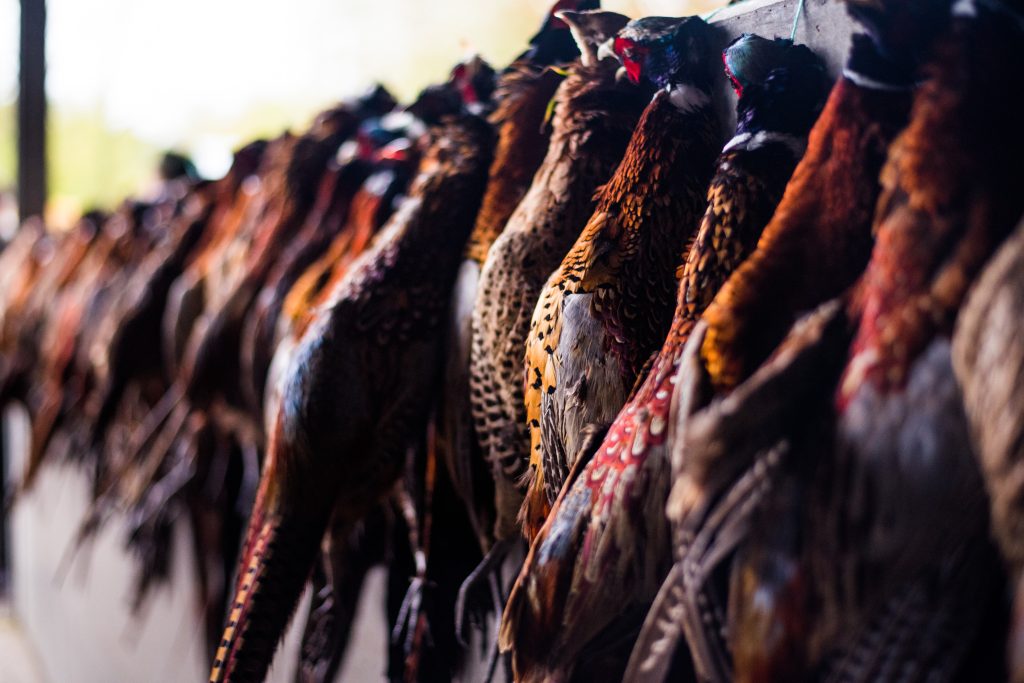Win CENS ProFlex DX5 earplugs worth £1,149 – enter here
Government publishes Hen Harrier Joint Action Plan

It makes six recommendations to help restore the population of Britain’s endangered hen harriers, including the controversial brood management measures.
It proposes to monitor hen harrier numbers in the UK via satellite tagging and tracking, to share best practice with land managers and gamekeepers, to encourage the provision of food for birds of prey and to work closely with the Raptor Persecution Priority Delivery Group to analyse intelligence on persecution and deliver more effective enforcement and deterrence measures.
It also recommends plans to monitor and protect nests and winter roosts from disturbance and destruction, to work with landowners to reintroduce hen harriers to suitable areas in the south of England and to scope out the feasibility for trialling brood management schemes.
Government comment
Environment minister Rory Stewart explained: “This new plan will transform the fate of one of our most magnificent birds.
“We are working closely with conservation organisations and landowners and, with their help, this plan will help hen harriers flourish once more while co-existing with a thriving rural economy.”
Tim Russell, BASC director of conservation said: “Everyone who shoots should welcome this plan to ensure the success of an iconic species. I congratulate those involved for producing it and offer BASC’s support for the difficult process of implementation. Working together will always do more for our birds,” while Mike Sherman, vice chairman of BASC, added: “For the last twelve years BASC has advocated a form of brood management and reintroduction as the key to resolving conflicts, building confidence and ensuring the future of hen harriers. We will continue to work to see this achieved.”
Concerns about reintroduction
The Game & Wildlife Conservation Trust’s Andrew Gilruth commented: “Obviously there is still some uncertainty about how this is all going to work in practice and that is understandable. Some may find it hard to support aspects of the plan. The GWCT has concerns about reintroduction, particularly with genetic integrity, if the birds come from France, and a possible failure to meet IUCN (International Union for Conservation of Nature) basic reintroduction parameters.
“Others have concerns about the brood management trial and feel it should only be considered once hen harrier numbers have recovered, whereas the GWCT sees it as a ‘remedy’ that unlocks the impasse the conflict creates — in other words, a precursor to allowing hen harrier numbers to recover,” Mr Gilruth continued.
The RSPB’s Martin Harper said: “There are still lots of hurdles to overcome, especially regarding the long-term funding of monitoring and enforcement programmes, but also regarding the detail of proposed lowland reintroduction, its fit with IUCN guidelines, and the legal basis and thresholds for any trial brood management scheme.
“As set out in a blog by our chief executive last year, we think there are significant legal, ethical and practical questions to answer, but we’ve not said never to brood management.”
Tim Bonner, chief executive of the Countryside Alliance, said: “We believe the plan will go a long way to resolving one of the most divisive issues in upland conservation and help bring together all those who care deeply about the future of the uplands. We have always been clear that for any plan to be successful it must address the causes of illegal persecution, as well as tackling persecution itself.
“While there was never any excuse for illegal killing, the proposals for brood management, which has been used successfully for the re-introduction of other species such as the red kite and sea eagle, remove real concerns about the impact of colonies of hen harriers on grouse moors.”
Director of the Moorland Association Amanda Anderson said that she was “delighted” that the plan had been launched, while a spokesman for the National Gamekeepers’ Organisation (NGO) said they would “look forward to its early implementation in full”.
The plan, which countryside groups have been calling for the publication of since January 2014, will be led by Natural England, and was developed by DEFRA in conjunction with the GWCT, Moorland Association, NGO, RSPB and the National Parks.
You can download a full copy of the Hen Harrier Joint Action Plan here and Shooting Times will be writing on the subject in its next issue.
Related Articles
Get the latest news delivered direct to your door
Subscribe to Shooting Times & Country
Discover the ultimate companion for field sports enthusiasts with Shooting Times & Country Magazine, the UK’s leading weekly publication that has been at the forefront of shooting culture since 1882. Subscribers gain access to expert tips, comprehensive gear reviews, seasonal advice and a vibrant community of like-minded shooters.
Save on shop price when you subscribe with weekly issues featuring in-depth articles on gundog training, exclusive member offers and access to the digital back issue library. A Shooting Times & Country subscription is more than a magazine, don’t just read about the countryside; immerse yourself in its most authoritative and engaging publication.







